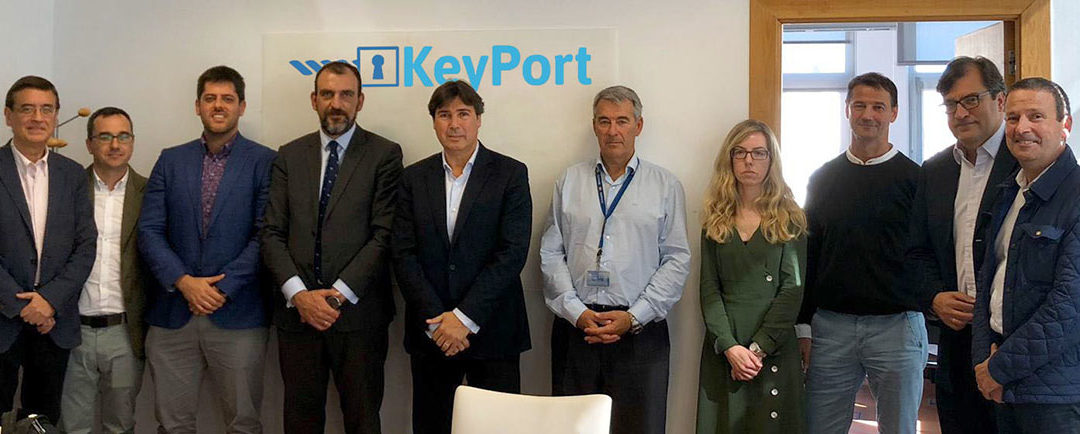- Initially, waste management operations will be automated in accordance with the MARPOL International Convention in order to prevent pollution.
BERGÉ has presented the pilot phase of the KeyPort Project at the Port of Santander. It is an initiative linked to the Port 4.0 concept and involves digitising services and port operations. It is a way of guiding the new role of consignment via the use of Distributed Ledger Technology (DLT), on which Blockchain is based, to allow the digitisation and automation of port and trade services, as well as the development of new services and new ways in which these services are provided. Keyport also enables environmental commitments to be met at ports which transforms them into both smart and sustainable ports.
As part of the numerous applications which this digital ecosystem boasts, the initial phase will enable waste management operations to be automated in accordance with the MARPOL International Convention in order to prevent pollution. It should be noted that the MARPOL International Convention of the International Maritime Organization (belonging to the UN) was established to prevent the pollution of the marine environment by ships. The following steps in the deployment of the project will involve fitting ships with sensor systems so that they can record movement data on ballast and waste tanks, guaranteeing the automated detection of ships entering the port via Artificial Intelligence and introducing MARPOL Keyport nodes at various Spanish ports.
In light of this pilot initiative, developed in Santander in conjunction with Puertos del Estado, the Port Authority, Capitanía Marítima, companies providing MARPOL services and the specialist logistics and technology consultant Conceptual KLT, BERGÉ is looking to change the course of the sectoral transformation of the logistics-port community.
BERGÉ is therefore developing industry 4.0 to digitise Spanish ports, by supplementing its Estiba +2022 project, with a view to ensuring that devices and equipment are interconnected (IoT) and that agents are able to operate interactively. A new port model entailing a technological transformation which will enable interoperability, Big Data management, the decentralisation of decisions, the real-time performance of operations and interaction between machines and people.
Ultimately, a network of interconnected ports with a high level of automation which will increase efficiency and reduce costs, optimise the use of infrastructure and promote the competitiveness of the industry with the clear aim of guaranteeing transparency and added value for the end customer, in an inclusive framework based on a strong environmental commitment towards the development of sustainable ports.


